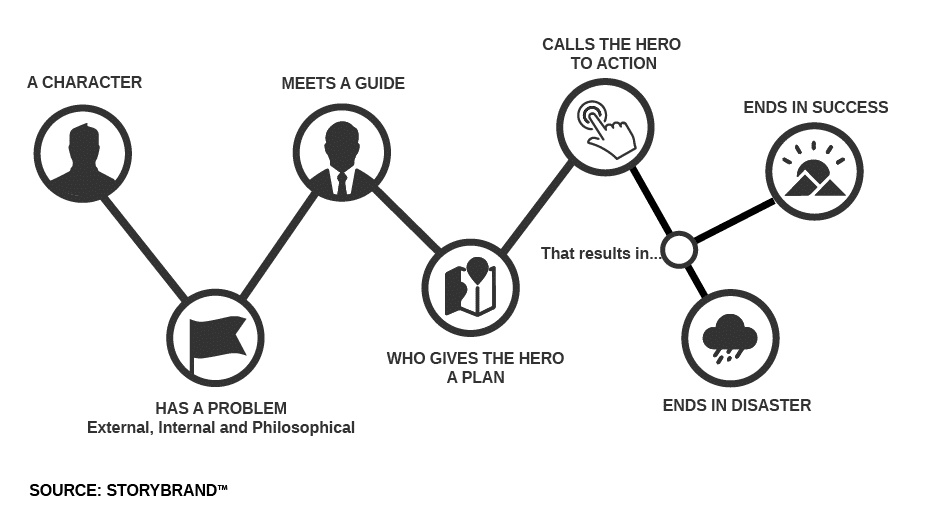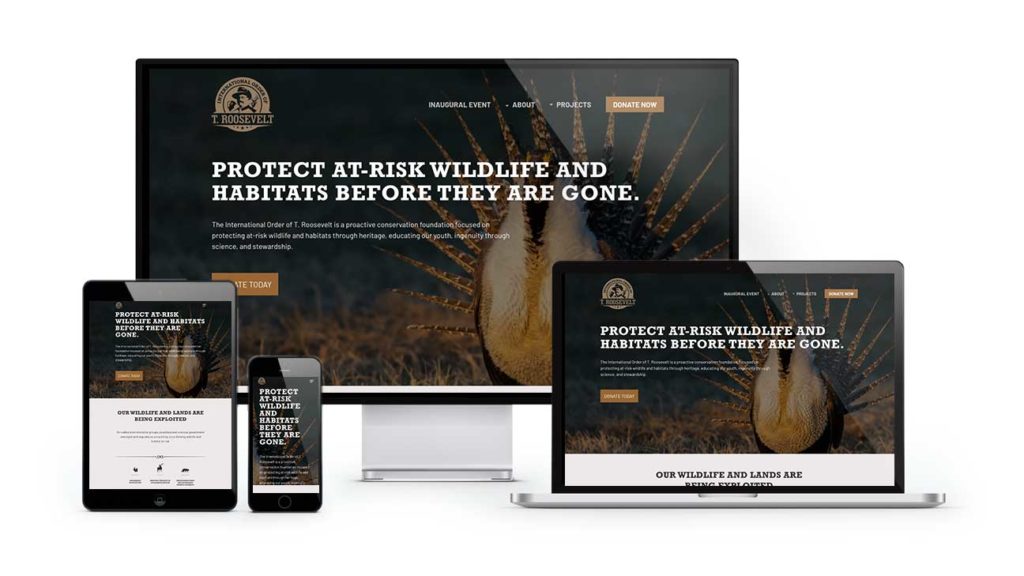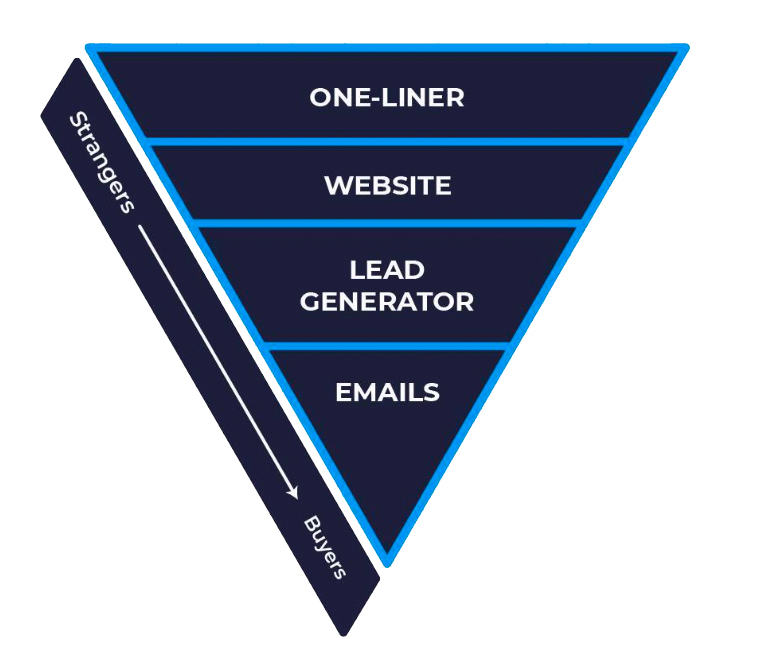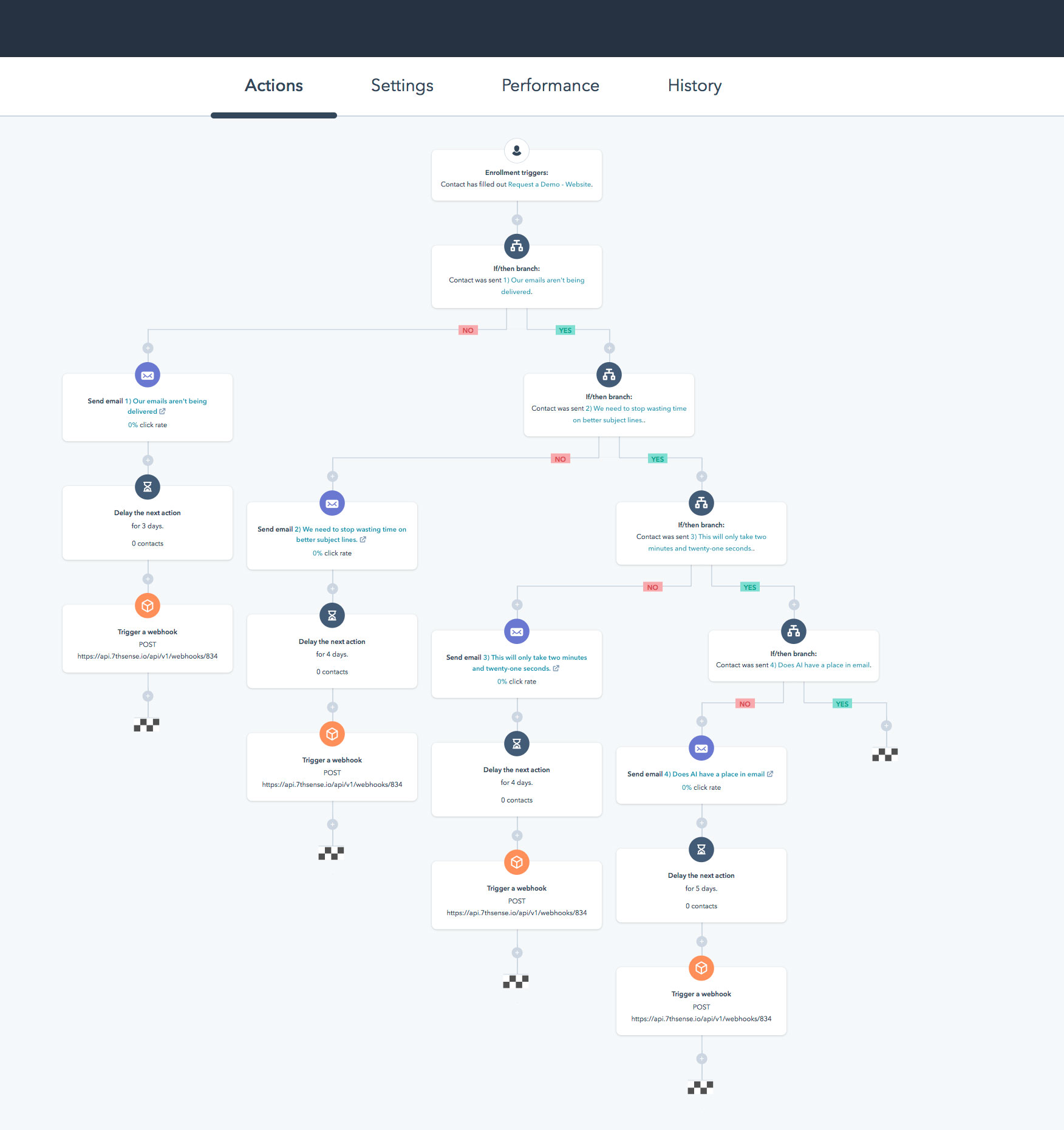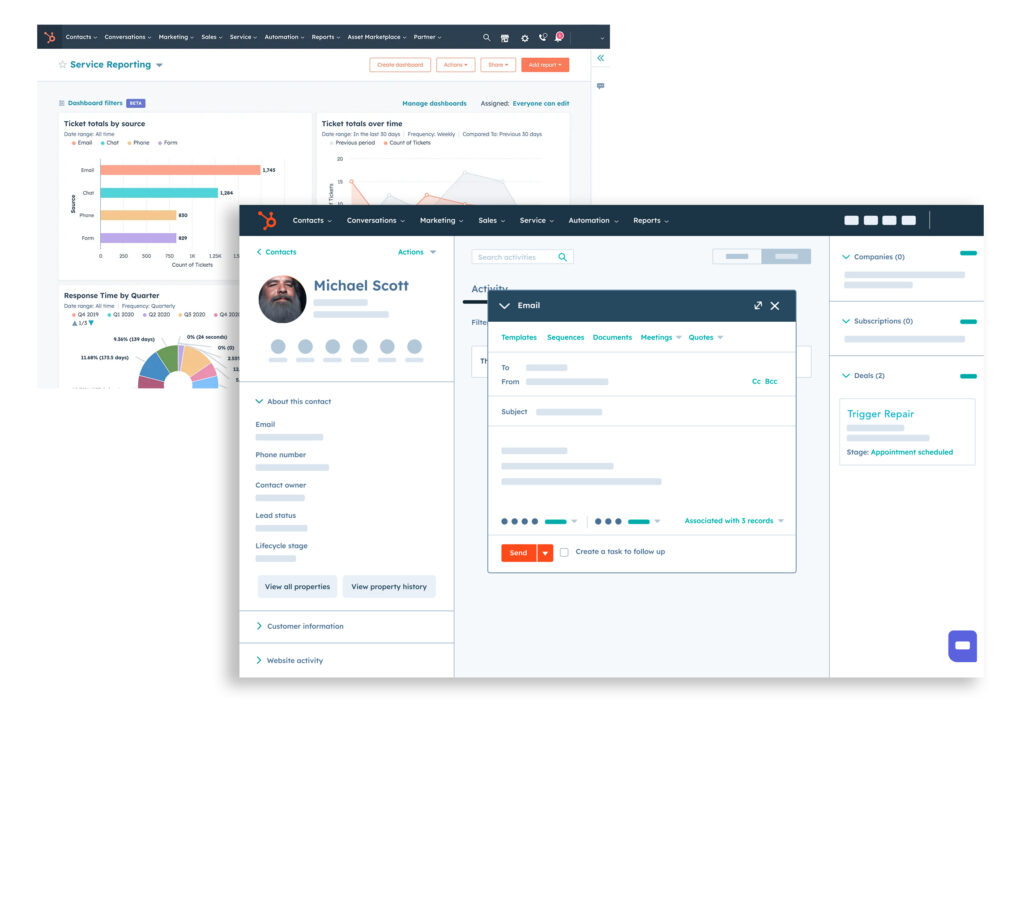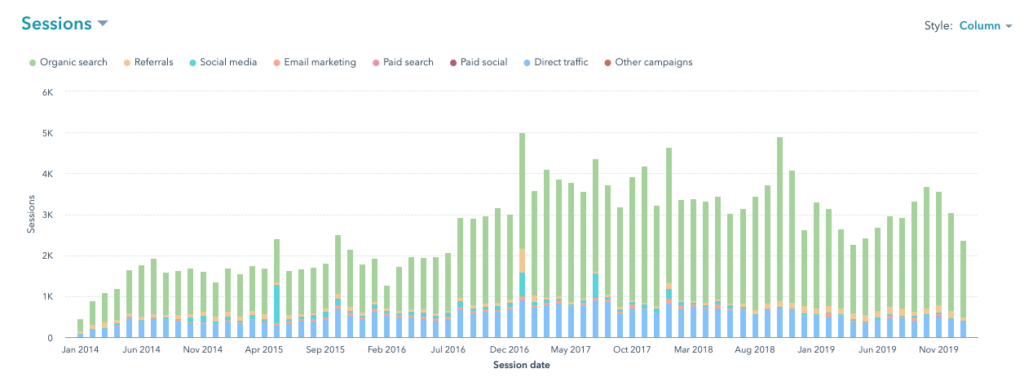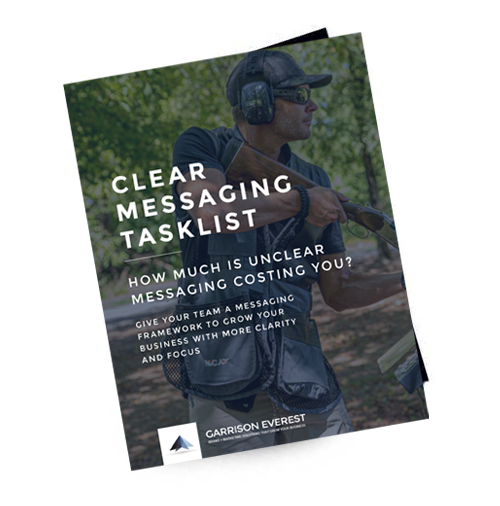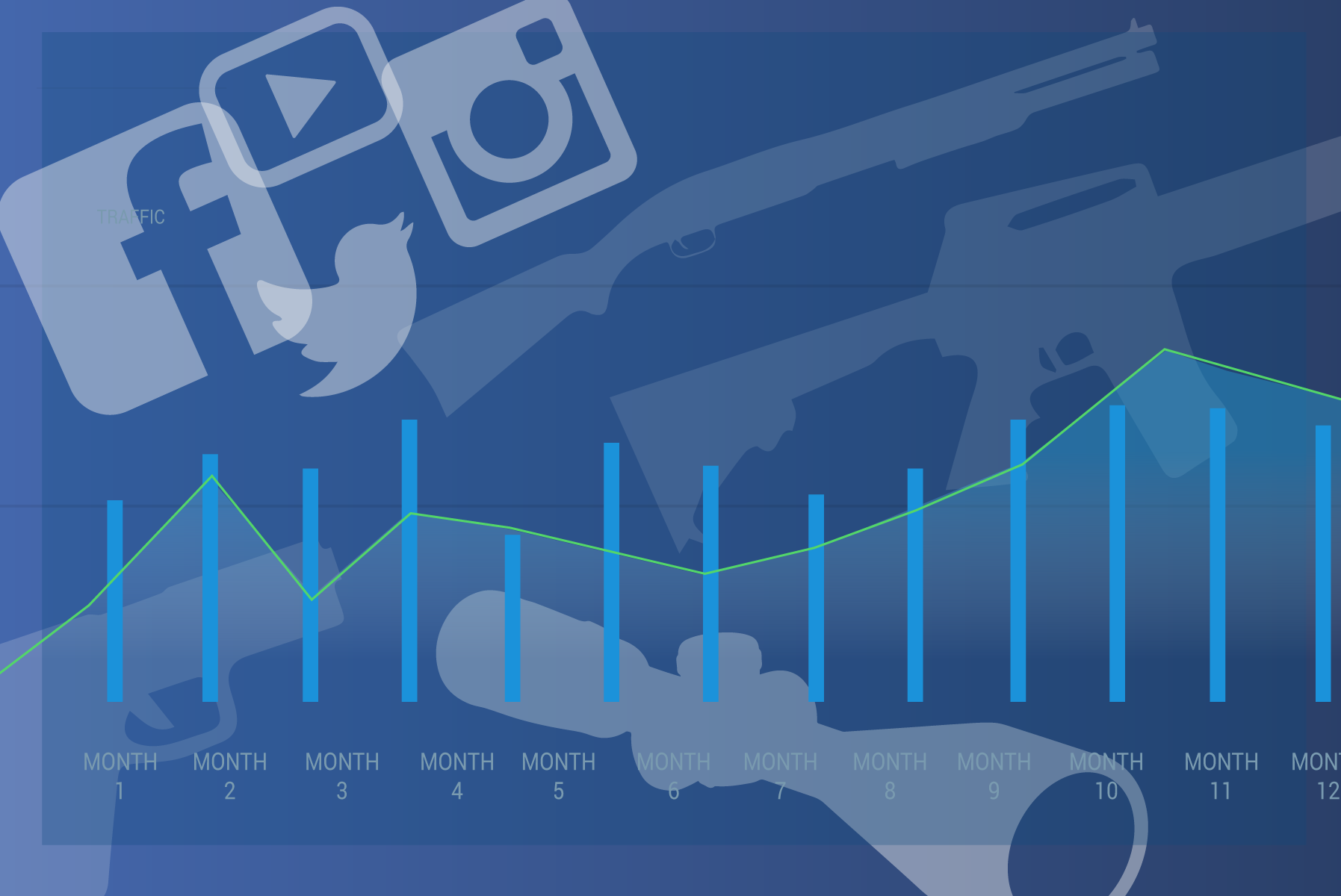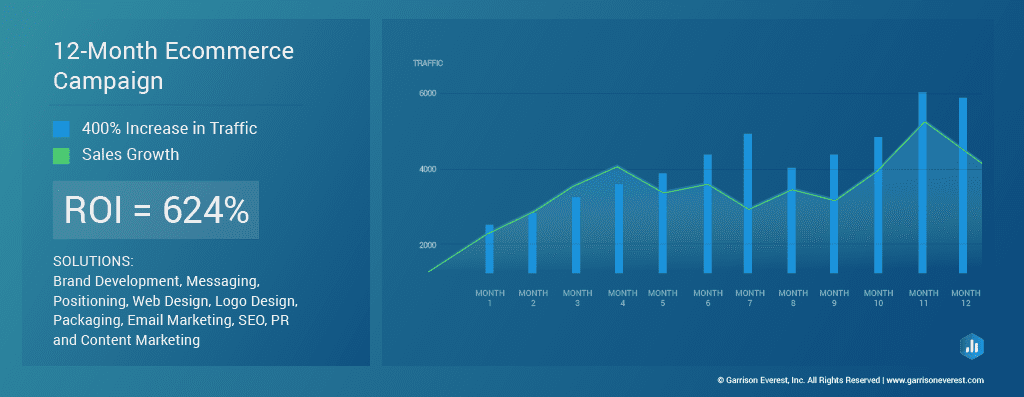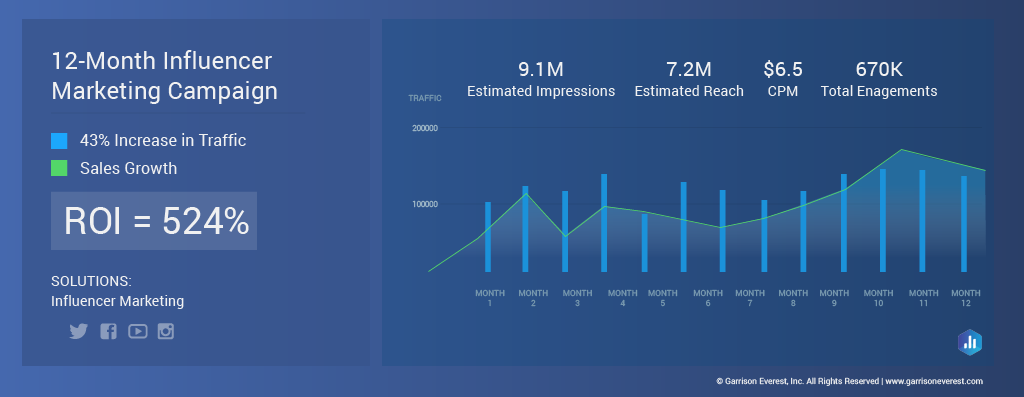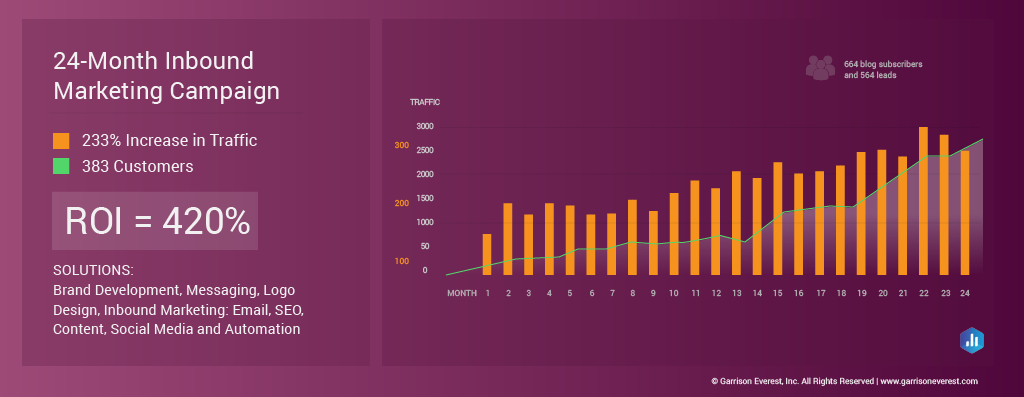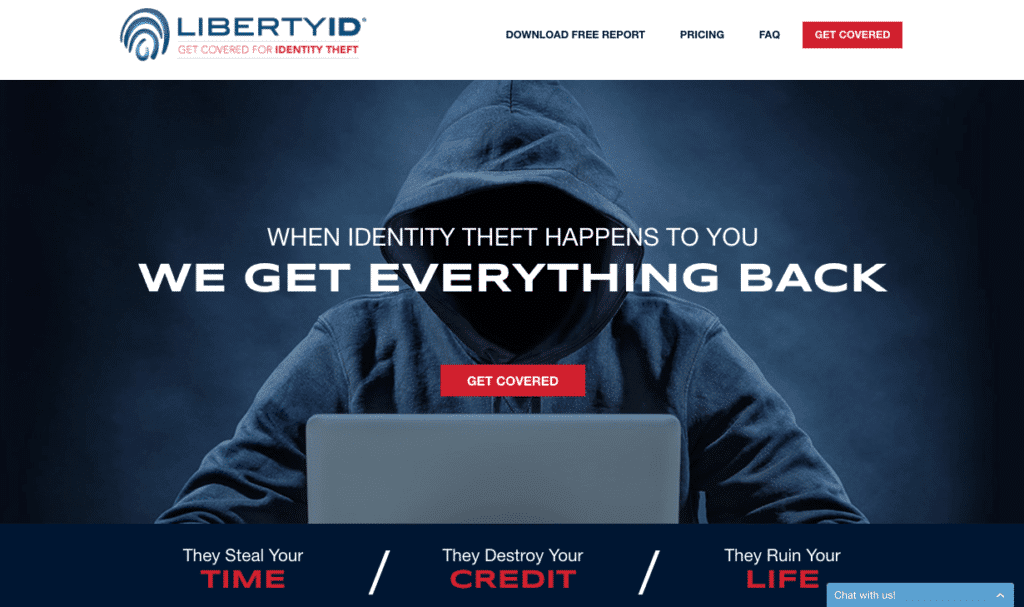
In the realm of outdoor industry marketing and branding, captivating your audience’s attention and compelling them to take action is the ultimate goal. However, achieving this outcome can be challenging without a clear and persuasive message that resonates with your target audience. This is where StoryBrand’s BrandScript comes into play.
In this blog post, we will help you understand what a StoryBrand™ BrandScript is and how it can revolutionize your approach to messaging and breaking through the clutter of today’s distracted environment.
Defining the StoryBrand BrandScript
The StoryBrand BrandScript is a framework developed by Donald Miller and his team at StoryBrand. At its core, the BrandScript is a tool that helps businesses craft a compelling and cohesive narrative that engages their customers on a deep emotional level through our brains natural tendency to latch on to a story. It provides a structured approach to clarifying your brand’s message and ensuring consistency across all marketing channels. This is important when making the most of your marketing dollars.
Components of a BrandScript
- The Character: Every great story needs a protagonist, and in the BrandScript, that protagonist is your customer. By understanding your customer’s desires, challenges, and aspirations, you can position your brand as the guide who will help them overcome obstacles and achieve their goals.
- The Problem: Every customer is faced with a problem or a challenge that needs to be solved. Clearly identifying and articulating this problem in your BrandScript allows your audience to connect with your brand on a personal level. It demonstrates that you understand their pain points and are uniquely positioned to provide a solution.
- The Guide: As the brand, you play the role of the guide who will help your customer overcome their challenges. Positioning your brand as the trusted advisor who has the expertise and knowledge to lead your customers toward success is essential in establishing credibility and building trust.
- The Plan: Once the problem is defined, your BrandScript should outline a clear and actionable plan for your customers to follow. This plan should outline the steps they need to take to overcome their challenges and achieve their desired outcomes. Providing a roadmap instills confidence in your customers and empowers them to take action.
- The Call to Action: Every successful brand knows the importance of a compelling call to action. Your BrandScript should clearly define the next steps you want your customers to take. Whether it’s signing up for a newsletter, making a purchase, or scheduling a consultation, a strong call to action prompts your audience to engage with your brand and move closer to becoming loyal customers.
- Ends in Success: Every hero wants a happy ending. Your BrandScript should define what success looks like if your customer buys your product. What are you helping them achieve?
- Ends in Failure: You must also show what the hero is trying to avoid. What happens if they don’t buy your product? What are the negative outcomes?
Benefits of Using a BrandScript
- Clarity: The BrandScript framework brings clarity to your messaging by focusing on the core elements that resonate with your audience. By clearly defining your customer’s problem and positioning your brand as the solution, you can communicate your value proposition more effectively.
- Consistency: With a BrandScript, you can ensure consistency in your brand’s messaging across various marketing channels. This consistency strengthens your brand identity and fosters trust and recognition among your audience.
- Engagement: The StoryBrand BrandScript is designed to captivate and engage your audience by leveraging the power of storytelling. By structuring your message in a narrative format, you can create an emotional connection that resonates deeply with your customers.
- Conversion: Ultimately, the goal of any marketing effort is to convert leads into customers. The BrandScript helps optimize your messaging to drive conversions by compelling your audience to take action and make a purchase.
Crafting a compelling brand message is a critical component of successful outdoor, hunting or firearms marketing. The StoryBrand BrandScript provides a powerful framework that allows businesses to create engaging narratives, connect with their target audience, and drive meaningful results. By defining your customer’s problem, positioning your brand as the guide, and outlining a clear plan of action, the BrandScript empowers your business to tell a story that captivates, converts, and inspires loyalty. Embrace the power of storytelling and leverage the StoryBrand BrandScript to take your brand messaging to new heights.



